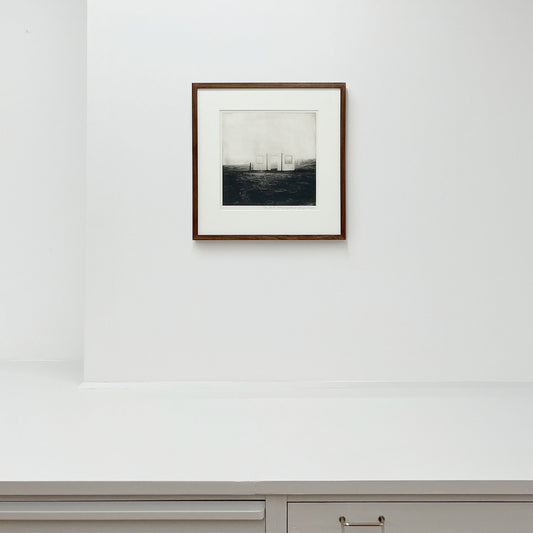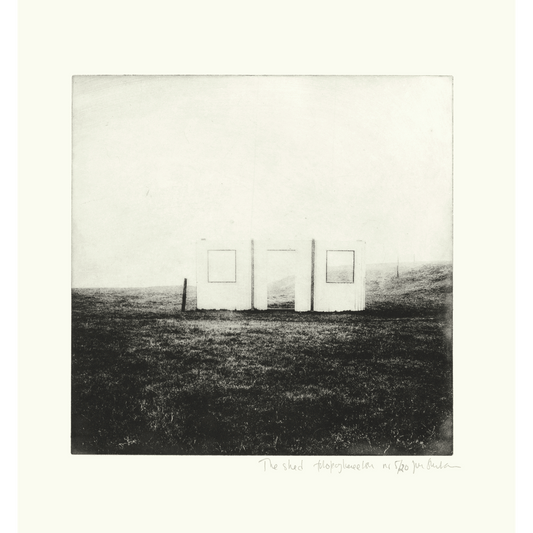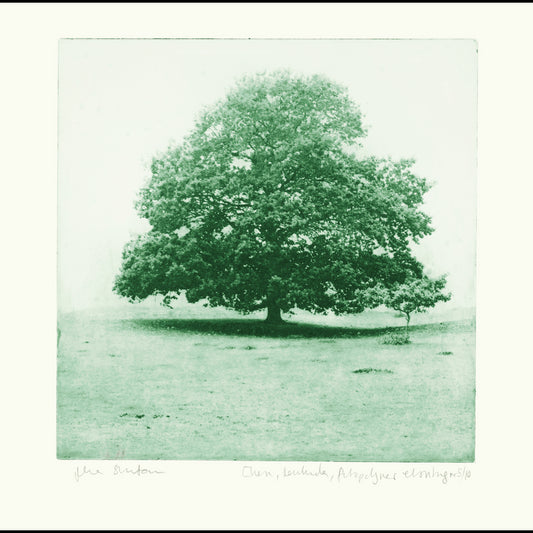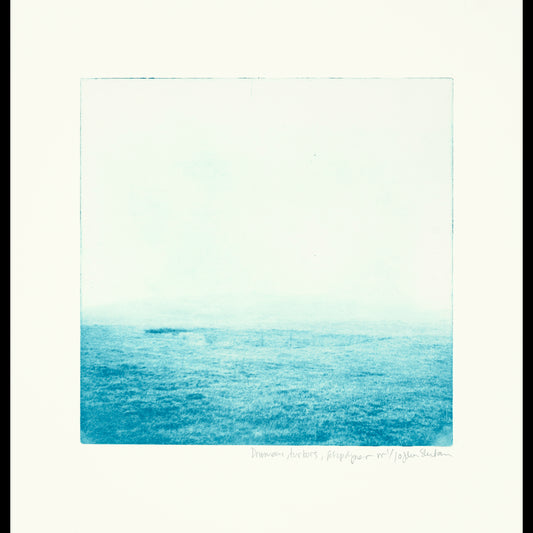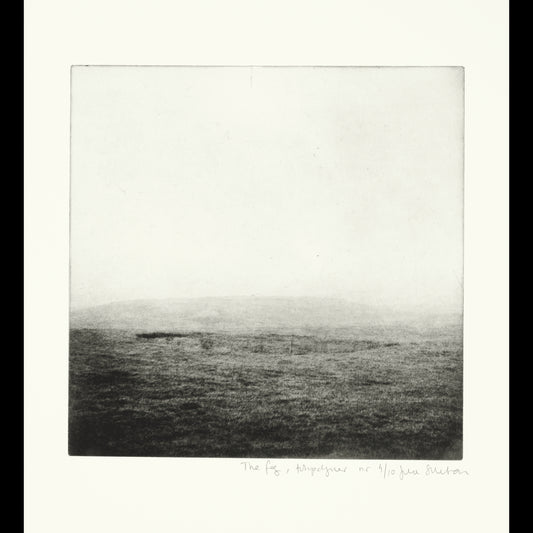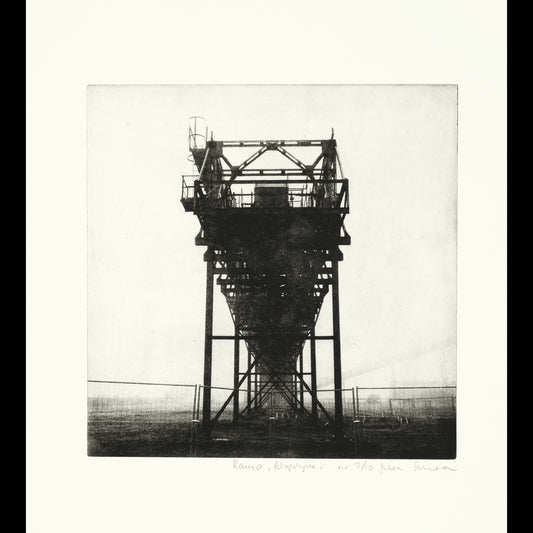A number of images from Johanna Schartau's project Around me - where I live are now available at ed-art.se. In the project, Schartau has photographed several shooting ranges around the Baltic Sea, places whose role has changed and become more relevant with the changing security situation in Europe. The large oaks sway in silence, while unexploded mines rest in the soil and the shooting exercises are taking place with a new intensity.

V2
"Since Russia invaded Ukraine, the military firing range in Kabusa, 5 km from the house where I live, has been roaring ever more. The walls of my studio shake as they practice. I’d rather close my eyes and hold my ears tight, but I can't. On the hill behind us, Glemmingebro shooting association practices on Sundays, it was also there in the grass that Sirius, our cat, was seen for the last time almost three years ago. When there is no shooting, it is beautiful walks in untouched nature with rare and mundane flowers springing out of the ground. Hidden in the soil, in the darkness, are undetonated mines and lead bullets, as well as voles, hares and earthworms.

V1
North of Simrishamn is Ravlunda firing range, the large oaks sway slowly by the sea, further away a rumble is heard. Across the Baltic Sea on the other side of Ystad is Peenemunde, the rocket base built by Nazi Germany during the second world war. Wernher von Braun's V-2 rocket stand there like a Tintin rocket, black and white with a painted pinup on a crescent moon as an emblem. Wernher von Braun was an ambivalent figure, member of the Nazi party and the SS but accused of treason in 1944 and imprisoned for a short time, but Hitler needed him and he was released. After the V-2 attacks on London in 1944, von Braun said: ”It should never have happened. We have built these rockets to open the door to other worlds, not to create devastation on this earth. Should this be the fruit of our labor?” After the war, von Braun worked for Nasa and created the rocket that landed on the moon.
Several years ago I started photographing the sheds with bullet holes at Kabusa firing range. The first time was during the large refugee wave in the autumn of 2015. I thought about the war in Syria, about refugee camps, about people who had fled their homes. Thus began this project, but over time the importance of the places changes. We live in the periphery of war that is taking place in Ukraine, in Israel, in Gaza. Far away but close."

Dimman
Johanna Schartau works with photography, sculpture, collage, drawing, printmaking and has also made several award-winning documentaries. Johanna Schartau works thematically, often evolving around her own family history, but also where history plays an important part. She draws inspiration from what is around her; pictures, texts, memories, nature.


